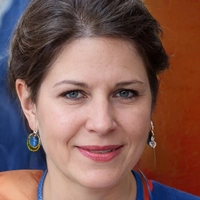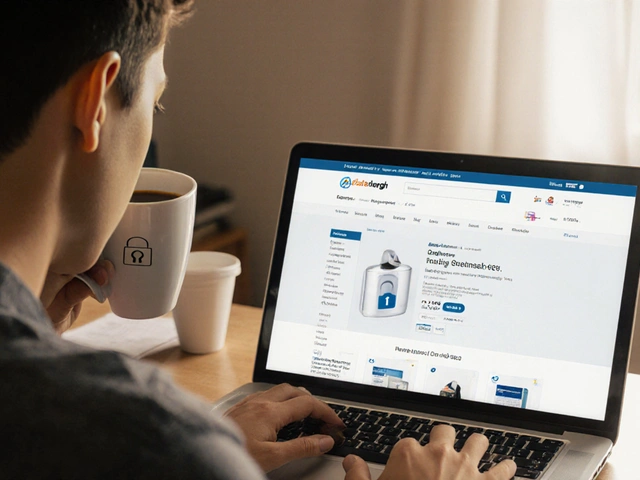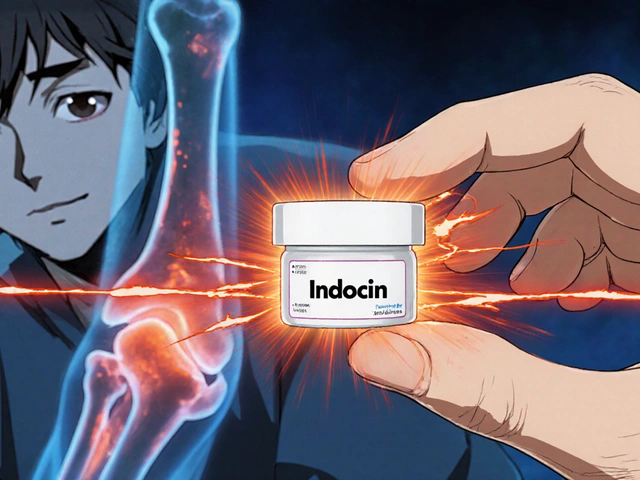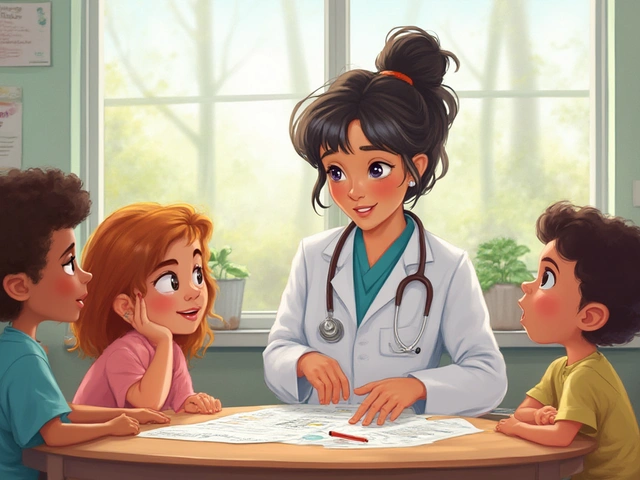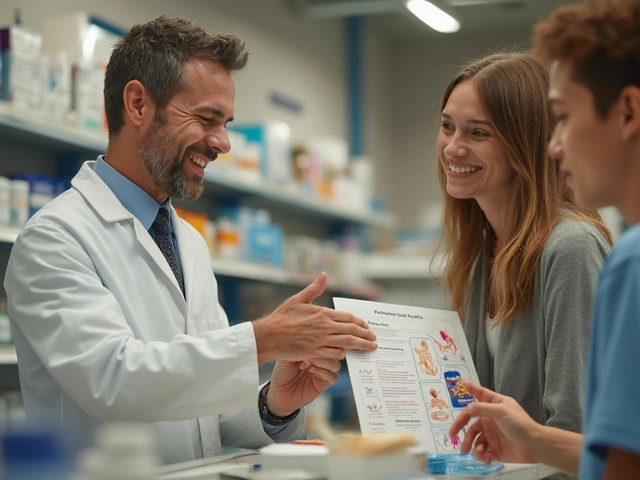Every year, Americans fill over 3.9 billion prescriptions for generic medicines. That’s nine out of every ten prescriptions written. And yet, these pills and capsules account for just 12% of total drug spending. Meanwhile, brand-name drugs-filled in fewer than 435 million prescriptions-consume 88% of the $700 billion spent annually on prescription drugs. This isn’t a glitch. It’s the system working as designed. And it’s saving the U.S. healthcare system over $467 billion every year.
How Generics Cut Costs Without Cutting Corners
Generic drugs aren’t cheap because they’re low quality. They’re cheap because they don’t need to repeat the billion-dollar clinical trials that brand-name drugs do. Once a patent expires, other manufacturers can prove their version is bioequivalent-meaning it delivers the same active ingredient, in the same dose, the same way, with the same effect. The FDA requires this. No exceptions. Take metformin, the most prescribed diabetes drug in the U.S. The brand version, Glucophage, used to cost over $200 a month. Today, a 90-day supply of generic metformin costs about $10 at most pharmacies. That’s a 95% drop. And it’s not just diabetes. The top 10 generic drugs in 2024 treated conditions like high blood pressure, high cholesterol, depression, and asthma. Together, they saved patients and insurers $127 billion in just one year. The savings aren’t just theoretical. In 2024, Medicare saved $142 billion and Medicaid saved $62.1 billion because patients were prescribed generics instead of brands. For millions of seniors on fixed incomes, that’s the difference between taking their medication or skipping doses.Biosimilars: The Next Wave of Savings
While generics copied small-molecule drugs, biosimilars are doing the same for complex biologic drugs-medications made from living cells, like insulin, rheumatoid arthritis treatments, and cancer therapies. These used to cost $10,000 to $20,000 a year. The first biosimilar entered the U.S. market in 2015. Since then, they’ve saved $56.2 billion. In 2024 alone, biosimilars saved $20.2 billion. One example: adalimumab (Humira), once the most expensive drug in the U.S., now has over a dozen biosimilars on the market. Prices dropped by 70% within two years. A patient who paid $7,000 a year for Humira now pays under $2,000 with a biosimilar. That’s $5,000 saved per person, per year. The catch? Biosimilars are harder to get approved. They require more testing than traditional generics. But as more get approved-17 in 2024 alone-and as more gain “interchangeable” status (meaning pharmacists can swap them without doctor approval), savings will accelerate.Why the U.S. Saves More Than Any Other Country
The U.S. fills 90% of prescriptions with generics. In Germany? About 70%. In the UK? Around 80%. Why? Because the U.S. system was built to encourage competition. The 1984 Hatch-Waxman Act created a clear path for generic manufacturers to enter the market. It gave the first company to file a generic version a 180-day exclusivity period-enough to make a big profit and incentivize others to follow. That’s why the U.S. has over 1,145 new generic approvals each year, more than any other country. But here’s the twist: even though the U.S. uses generics more, it still pays more for them than other countries. A 30-day supply of lisinopril (a blood pressure drug) costs $4 in Canada and $12 in the U.S. Why? Because the system is broken in places.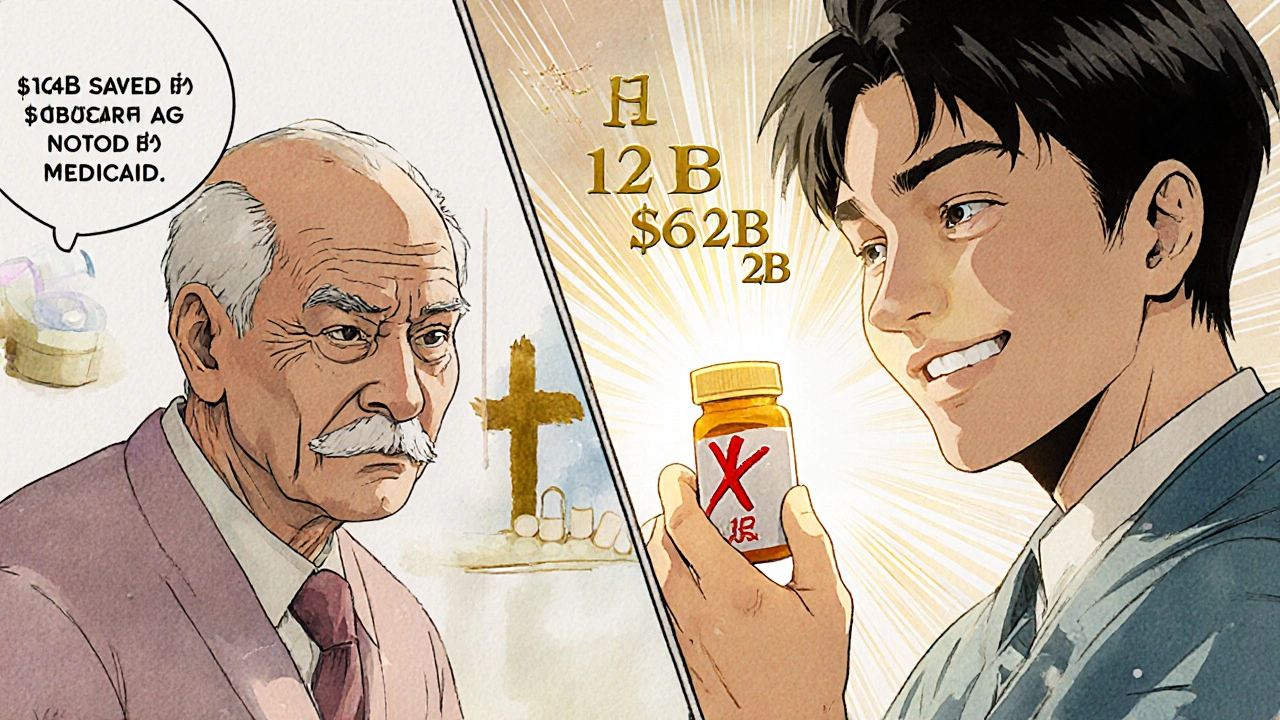
The Hidden Costs: How Big Pharma Blocks Savings
For every dollar saved by generics, there’s a company fighting to protect its monopoly. Here’s how:- Patent thickets: Brand companies file dozens of secondary patents on minor changes-like a new coating or tablet shape-to delay generics. A 2024 JAMA study found just four drugs used this tactic to block competition, costing the system over $3.5 billion in two years.
- Pay-for-delay: Sometimes, brand companies pay generic makers to stay off the market. In 2023, these deals cost federal programs $3 billion and drove up prices by $12 billion nationwide.
- Product hopping: A company switches from an old drug to a new version with a fresh patent, then pressures doctors and insurers to stop prescribing the old, generic-friendly version. This tactic cost $1.1 billion in federal spending over ten years, according to the Congressional Budget Office.
- Citizen petitions: Brand companies file fake safety complaints with the FDA to delay generic approval. In 2023, there were 118 of these-up from 37 in 2018.
Who’s Really Saving Money?
The biggest winners? Patients. Insurers. Medicare. Medicaid. A 2023 survey of 500 patients found that 89% who switched to generics were happy with both cost and effectiveness. On average, they saved $147 per medication each month. For someone on three generics, that’s over $1,700 a year. But not everyone wins. Pharmacy Benefit Managers (PBMs)-the middlemen between insurers, pharmacies, and drug makers-sometimes push brand drugs because they get bigger rebates. A 2024 report from Express Scripts showed that their formulary design saved $18.3 billion by favoring generics. But other PBMs don’t. And some Medicare Part D plans still list brand drugs as preferred, even when generics are available. State laws help. California mandates pharmacists substitute generics unless the doctor says no. Result? 98% generic use. Texas lets pharmacists substitute, but doesn’t require it. Result? 87% use. The difference? Over $1 billion in annual savings.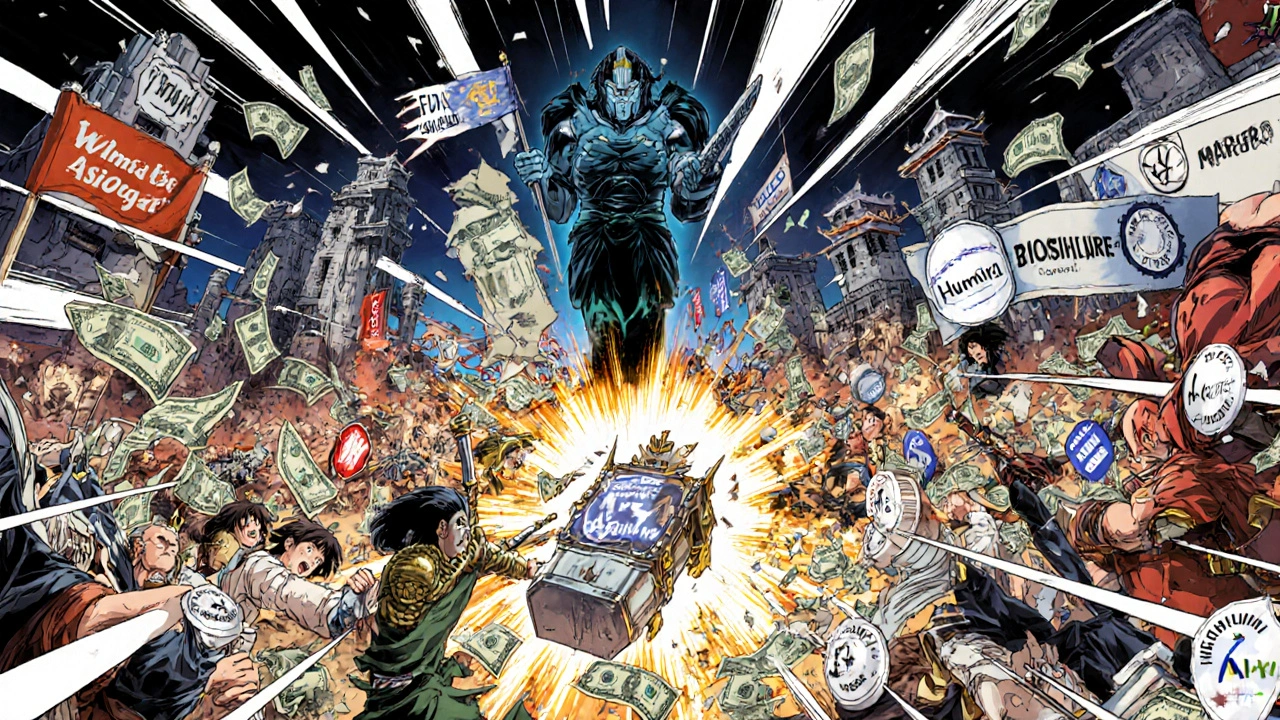
The Future: More Generics, But Not Without a Fight
The pipeline is full. Over $24 billion in brand drugs are set to lose patent protection by 2025. That includes drugs for heart disease, mental health, and autoimmune conditions. If nothing blocks them, these could save $10-$15 billion in just two years. Congress is trying. The Affordable Prescriptions for Patients Act, passed by the Senate HELP Committee in June 2024, would crack down on patent abuse and pay-for-delay deals. The Congressional Budget Office estimates it would save $7.2 billion a year. But threats remain. Drug shortages hit 287 generic medications in December 2024. Many are made overseas, and supply chain issues-especially in India and China-can cause delays. Also, the market is consolidating. The top 10 generic manufacturers now control 63% of the market, up from 51% in 2015. Less competition means less pressure to lower prices. Still, the math is clear. Generics and biosimilars have saved $3.4 trillion since 2015. By 2034, that number could hit $5.1 trillion if the system works as intended.What You Can Do
If you’re on a prescription:- Ask your doctor: “Is there a generic version?”
- Ask your pharmacist: “Can you substitute?”
- Check your Medicare Part D plan’s formulary. If the brand is preferred over a generic, call and ask why.
- Use GoodRx or SingleCare to compare cash prices. Sometimes, the cash price for a generic is lower than your copay.
Are generic drugs as safe and effective as brand-name drugs?
Yes. The FDA requires generic drugs to have the same active ingredient, strength, dosage form, and route of administration as the brand. They must also meet the same strict manufacturing standards. Over 90% of generics are rated “A” by the FDA, meaning they’re therapeutically equivalent. A 2025 Drugs.com analysis of over 15,000 reviews found that 87% of users rated cost as excellent or good, and 63% rated effectiveness the same.
Why do some people say generics don’t work as well?
Some patients notice differences in inactive ingredients-like fillers or dyes-which can affect how a pill dissolves. For most drugs, this doesn’t matter. But for narrow-therapeutic-index drugs like warfarin or levothyroxine, even small changes can have effects. In those cases, sticking with one manufacturer is advised. Most patients, however, experience no difference at all.
Do biosimilars save as much as generics?
Not yet, but they’re catching up. Generics cut prices by 80-95%. Biosimilars typically cut prices by 30-70% because they’re harder to produce. Still, they’ve saved $56.2 billion since 2015. As more gain interchangeable status and competition grows, savings will increase. For high-cost drugs like Humira, biosimilars have already saved patients thousands per year.
Why are generic drug prices still high in the U.S. compared to other countries?
The U.S. doesn’t negotiate drug prices like other countries. In Canada, the UK, or Germany, governments set price caps. In the U.S., prices are set by market forces-PBMs, insurers, and pharmacies. Even with competition, middlemen sometimes keep prices high. A 2022 study found U.S. consumers pay 2-3 times more for the same generic than in other developed nations.
Can I trust generics from other countries?
Only if they’re approved by the FDA. Many generic drugs sold in the U.S. are made in India or China, but they must meet U.S. standards. Drugs bought online from foreign pharmacies aren’t regulated and may be counterfeit or ineffective. Always fill prescriptions at licensed U.S. pharmacies.


